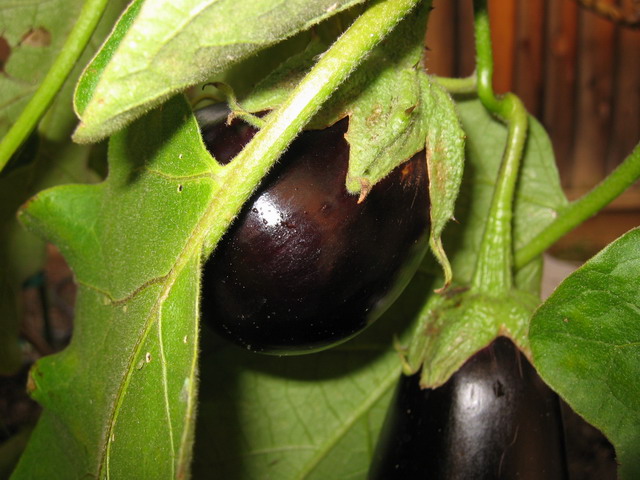
Features
Production
Research
Breeding opportunity for Canadian veg growers
February 14, 2012 By Canadian Seed Trade Association
 January
January
24, 2012, Vineland, Ont – Tomatoes that thrive during a cold Canadian winter
and vegetables that taste like home to Canada’s growing immigrant population –
these are just two of the innovative plant breeding efforts by Dr. Valerio
Primomo.
January
24, 2012, Vineland, Ont – Tomatoes that thrive during a cold Canadian winter
and vegetables that taste like home to Canada’s growing immigrant population –
these are just two of the innovative plant breeding efforts by Dr. Valerio
Primomo.
As one
of Canada’s few vegetable breeders, he is on a mission to develop new traits
and crops that will benefit Canadian vegetable growers and consumers.
 |
|
“Most
of the vegetable seeds we get are developed in other parts of the world such as
California or the Netherlands,” says Dr. Primomo, explaining that they are bred
specifically for that country’s growing conditions and pest pressures. “We want
to develop varieties that can grow well in Southern Ontario.”
Dr.
Primomo is a recent addition to the team at Vineland Research and Innovation
Centre in Vineland Station, Ont. He trained as a molecular breeder at the
University of Guelph and worked for six years with canola and soybeans at Pioneer
Hi-Bred before turning his focus to vegetable seed breeding.
Dr.
Primomo is excited by the potential of his new sector.
“The
vegetable seed industry is worth about $4 billion worldwide,” he says. “Here in
Canada, the horticulture industry is worth about $5.4 billion – vegetables
account for 30 per cent of that total.”
In his
role at Vineland, Dr. Primomo is building the vegetable breeding program from
the ground up. One of his first orders of business is identifying genetic
markers for low light tolerant greenhouse tomatoes.
“In the
winter months, when it is cold and there is less light, Ontario tomato growers
pretty much shut down. During that time, Southern U.S. and Mexico export their
tomatoes into Canada and capture high prices. Canadian growers are missing out
on this opportunity,” says Dr. Primomo. “If we could develop a tomato line that
is tolerant to low light (i.e. grows very well under low light conditions),
then Canadian growers could profit.”
He is
collaborating with professor Barry Micallef at the University of Guelph on the
project, which is being funded by the Ontario Greenhouse Vegetable Growers.
Dr.
Primomo also cites reduced input costs as a benefit of this new trait.
“In the
greenhouse sector, if you develop vegetables that are cold tolerant, growers
could save money on heat. Just one degree could save thousands of dollars.”
Investing
in plant breeding research means that growers can have access to innovative
traits like cold or disease tolerance, but it can also lead to the introduction
of new crops. As Canada’s ethnic population rises, so does the amount of
imported fruits and vegetables. In 2010, these imports reached $800 million.
“People
are looking for vegetables from their homeland. Some of these vegetables are
being grown here, but it is a very small amount,” says Dr. Primomo, adding
there is great potential to increase production in Canada by adapting the seed
for Canadian growing conditions. “Using marker technology, we can accelerate
the improvement on yield and other quality traits.”
For
now, Dr. Primomo and his team at Vineland are focused on making selections
within four ethnic crops in the highest demand – eggplant, okra, yardlong bean
(or Chinese long bean) and amaranth – to find the most adapted lines for production.
Helping Canadian growers successfully grow these crops will greatly reduce
vegetable imports and provide consumers with fresh, locally grown produce.
As if
Dr. Primomo’s plate isn’t full enough, he’s also setting his sights on
developing new taste profiles for tomatoes and cucumbers, increasing
anti-oxidant levels in vegetables and making them more appealing to kids.
Print this page